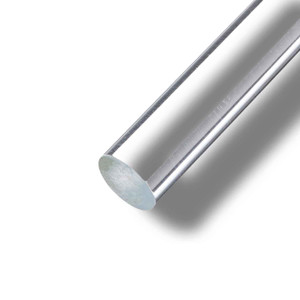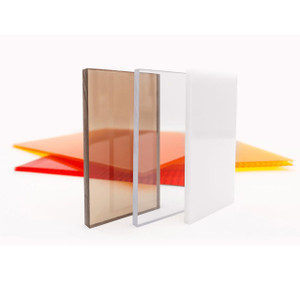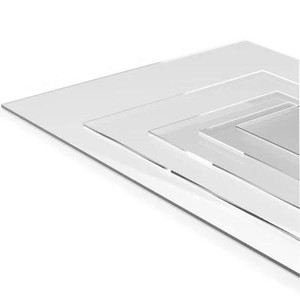Healthcare & Medical
Healthy and Cost Effective Alternative
Plastics are facilitating a new frontier of more types of outpatient treatments, less invasive procedures and longer lasting materials. Plus, antimicrobial plastics cut down on infections. If you’re looking for a healthier cost-effective alternative for medical materials, check out plastics! Considering the total carbon footprint, including costs of raw materials, manufacture, transport, fabricate, install, maintain, plastics compare favorably with more traditional materials. Also, plastics are safer to handle and install. When you consider that most plastics are readily recyclable, they can become the most environmentally responsible and safest choice for many demanding medical applications.
Applications
- Surgical instrument handles/grips
- Dental instrument handles/grips
- Orthopedic implants
- Pacemaker leads
- Sterilization trays/caddies
- X-ray and MRI parts
- Pharmaceutical production/packaging
- IV and infusion devices
- Diagnostic systems
- Feeding tubes
- Catheters
.











